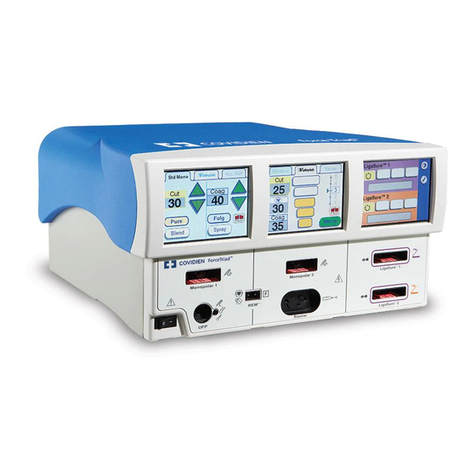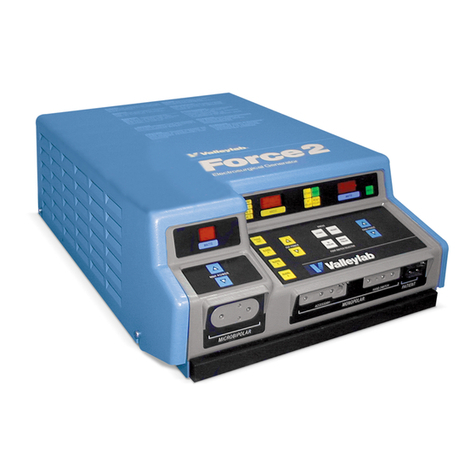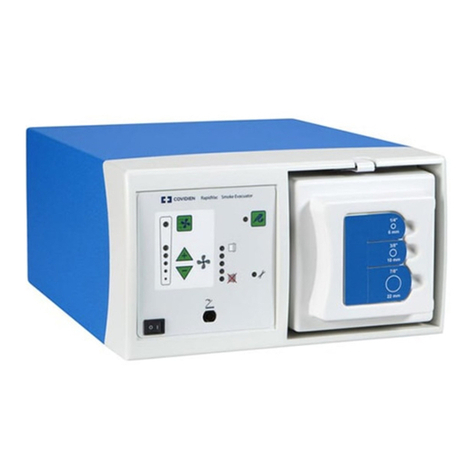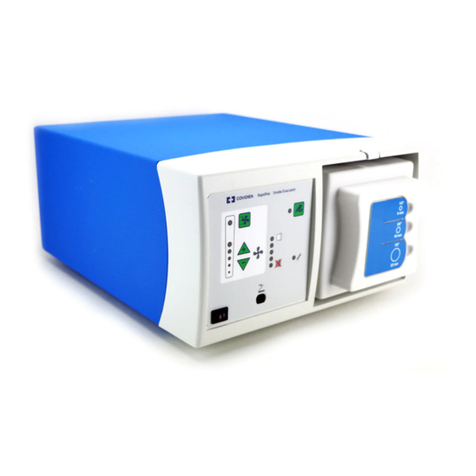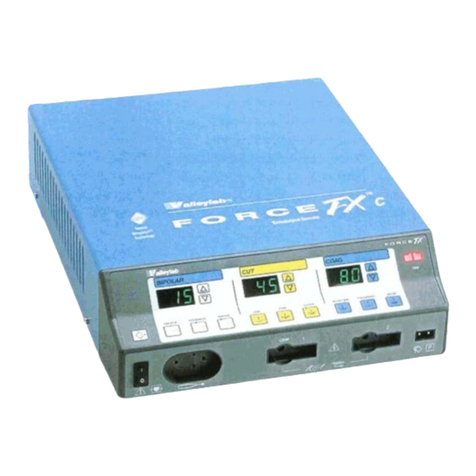
Section
3
Functional
Description
.....
Overview
.......
기
이기기
기
이기기
이
기
기이
이기
이이
이아
Microcontroller
Board
...........................
Microcontroller
/
Memory
/1/O
.........................
Serial
Communication
on
the
IIC
Bus
....................
Footswitch
Decoding
.................................
Watchdog
Timer
.....................................
Voltage
Regulators
...................................
Display
Board
................,................
7-Segment
LEDS
....................................
LED
Lamps
.........................................
REMLamp
......
κ
εν
οκ
καν
κνν
¡11
LO
0000
0
Front
Panel
Buttons
..................................
REMSwitch
.................
.
eee
Power
Control
Pencil
Detector
..........................
Voltage
Regulators
...................................
Interface
Board
................................
¡AS
Handswitch
Key
Sense
................................
RF
Sense
........,.........,........................
Dosage
Error
........................................
RF
Sense
/
Dosage
Error
Gain
Test
......................
REM
Circuitry
νεο
κκ
<
スー
ドド
トド
ドド
・
ト
トレ
レト
トト
トー
レイ
ーー
Voltage
Regulators
...................................
REM
Filter
Board
..............................
Power
Supply/RF
Board
.........................
AC
Line
Hardware
...................................
LVDC
Power
Supply
.................................
HVDC
Power
Supply
................,................
ЕСОМ
ersnsee
Dosage
Error
........................................
Ton
Generation
.....................,................
Clamp
Signals
.......................................
Load
Enable
........................................
RFOUutputStage
.......................
000.010
e
Voltage
Regulators
...................................
23
23
23
23
24
25
25
26
26
26
26
27
27
27
28
28
28
29
29
29
30
31
32
33
34
34

